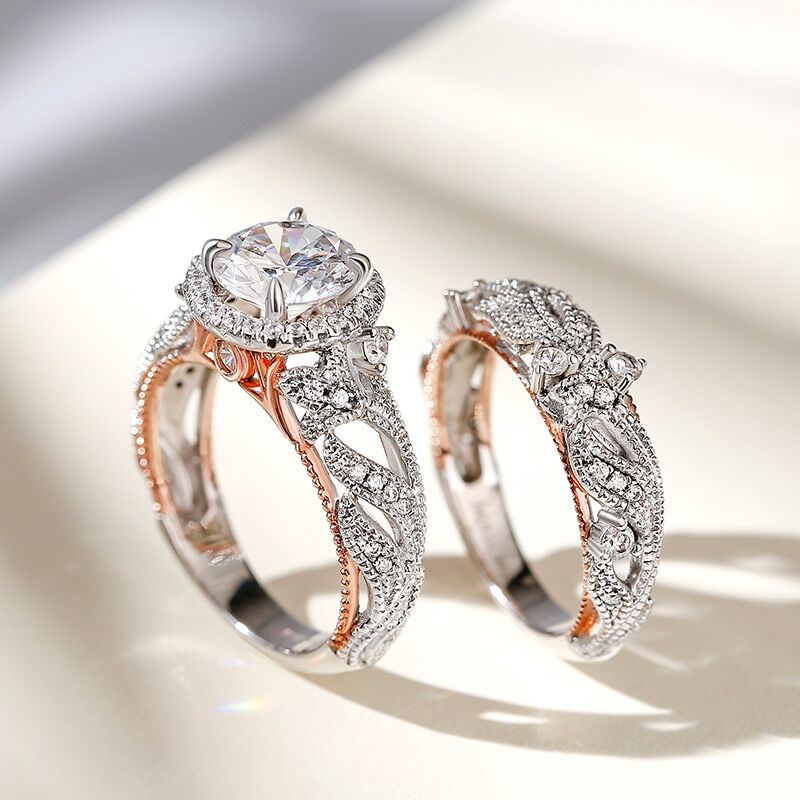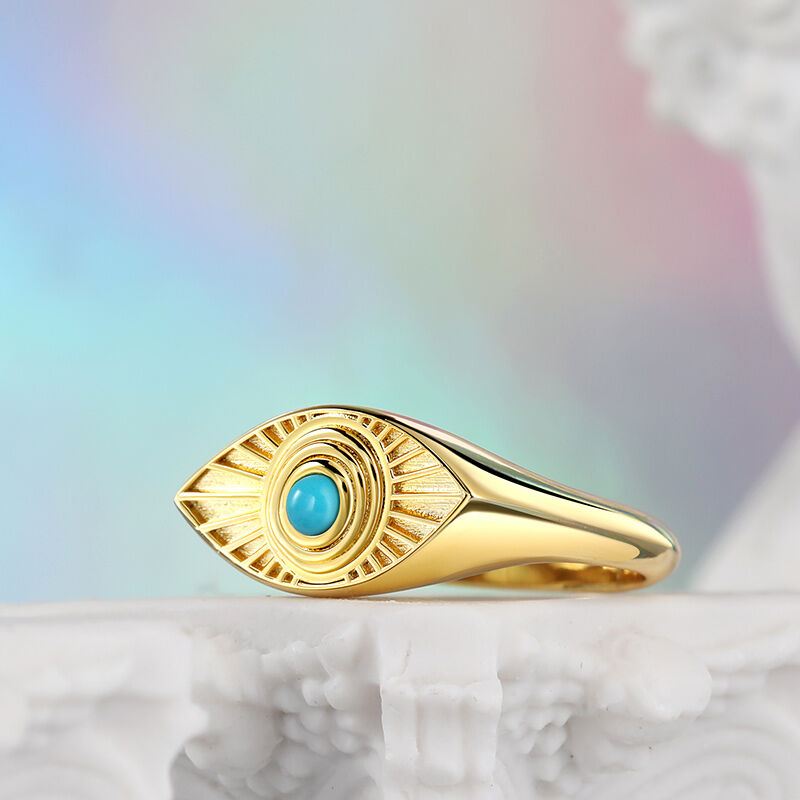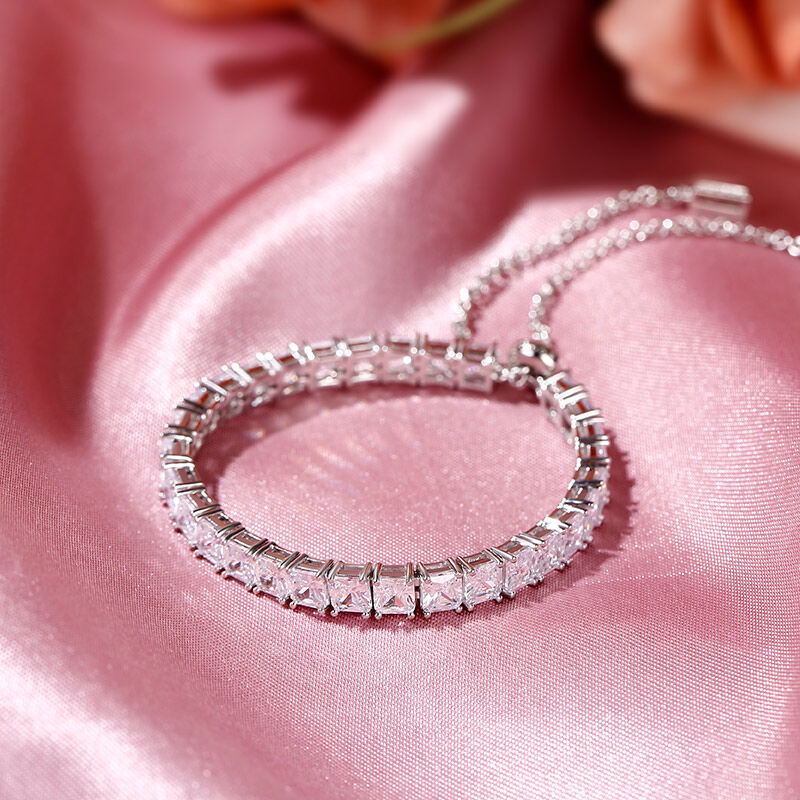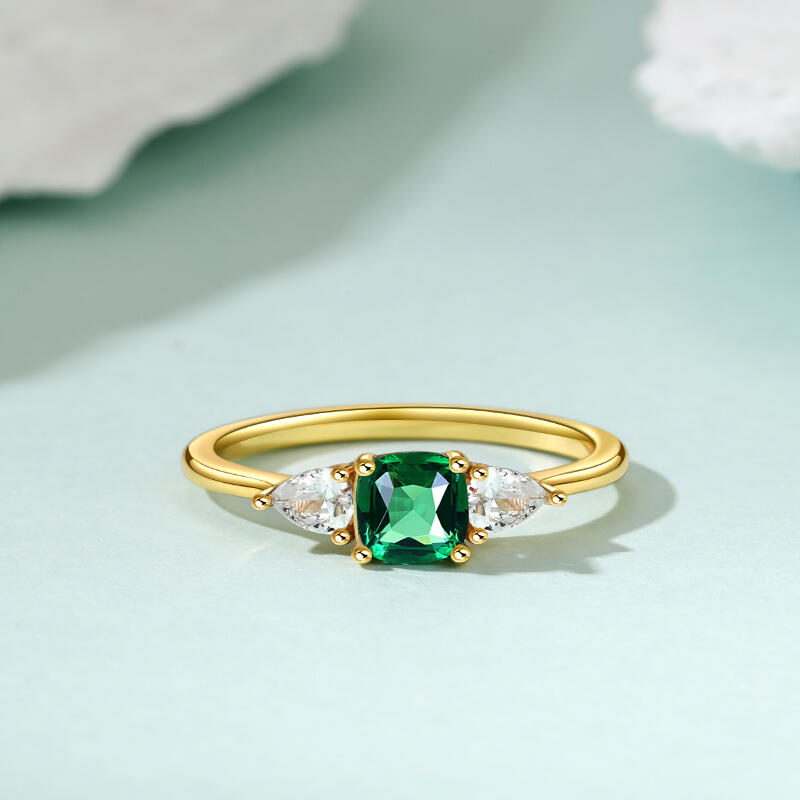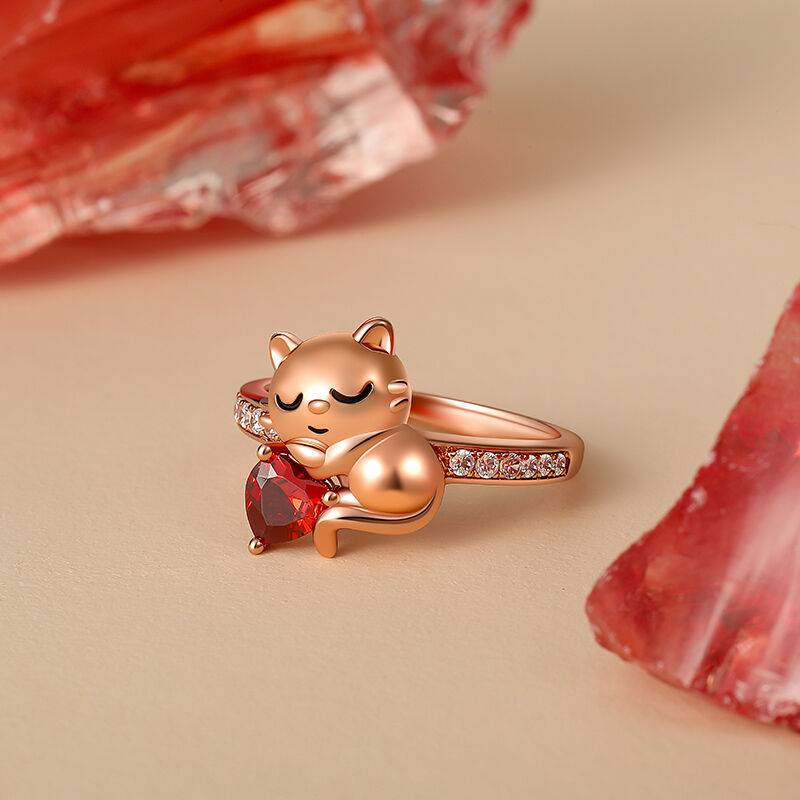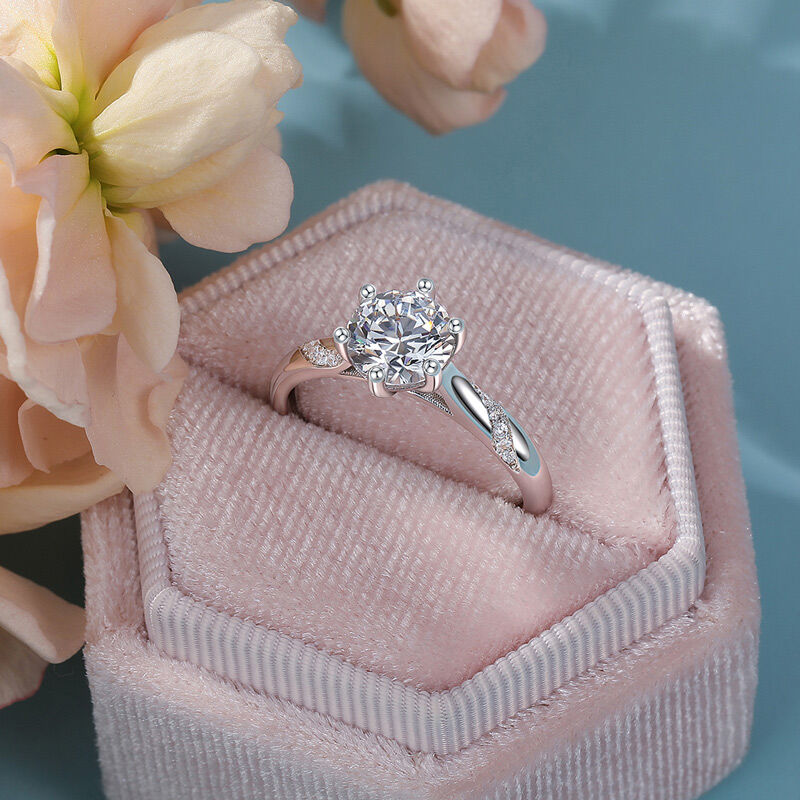Fashion News
Fashion News about Fine Jewelry
Discover the newest trends and styles making waves in the world of fine jewelry! From statement pieces to delicate designs, Jeulia collects a glimpse of fashion news what’s hot in the fine jewelry scene.
Bold and Colorful Gemstones: Vibrant gemstones are taking center stage, adding a pop of color to fine jewelry collections. Think eye-catching emeralds, sapphires, and rubies that make a statement.
Layering and Stacking: Layering necklaces, stacking rings, and mixing metals are all the rage in fine jewelry fashion. Create a personalized and unique look by mixing and matching different pieces.
Vintage-Inspired Glamour: Retro styles are making a comeback in fine jewelry, with Art Deco and Victorian influences seen in intricate designs and ornate details.
Sustainable and Ethical Jewelry: As sustainability becomes increasingly important, eco-friendly and ethically sourced fine jewelry options are gaining popularity. Look for pieces made from recycled metals and conflict-free gemstones.
Versatile Pieces: Fine jewelry that can transition from day to night is a must-have. Pieces that are versatile and can be dressed up or down are perfect for the modern fashionista.
Stay ahead of the fashion curve by incorporating these trends into your fine jewelry collection. Whether you’re a fan of bold statement pieces or prefer understated elegance, there’s something for everyone in the ever-evolving world of fine jewelry.

